A response to Donald Brown
Donald Brown's comment on Philip Roth's nomination for the UK Literary Review's Bad Sex in Fiction Award got me thinking, about that award, about writing, and about what ever happened to all the fun in the world. See, every year prestigious literary prizes come and go—the Pulitzer, the National Book Award, the Man Booker Prize—and I can't shake the feeling that they're, well, sort of boring. Not the books, mind you; the awards, for all the reasons that critics of those awards criticize them. I realize that they lead to great things for those who win them, and they draw attention to books in general, and these are both wonderful things. But somehow the race itself—that period of time between when the nominees are announced and the awards ceremony—doesn't really fire. It's more like a stately procession, like a parade without a band. There are plenty of spectators, obviously, but they're not making a lot of noise. The same cannot be said of the Bad Sex in Fiction Award.
The award was created in 1993, ostensibly "to draw attention to the crude, tasteless, often perfunctory use of redundant passages of sexual description in the modern novel, and to discourage it." I don't buy this for one second. This award is, first, a terrific publicity stunt, drawing coverage from several major UK outlets. Second, it routinely does the thing that you wish more major awards would do much more often: It pits newcomers against old pros, and sometimes, but only sometimes, the newcomers win. Third, the qualification for the award rests solely on the quality of the writing. Plot? Characters? Who cares? This award is about how well people can put sentences together, period.
And maybe it's just me, but the first thing that hits me when I read the excerpts is: This writing isn't bad. (Those of you who might think so have never laid your eyes on cheap pulp smut, such as that collected in the NYU Library—look at the titles under "Sexuality" and you'll see what I mean. And this isn't even getting at what the prose is like.) The worst that can be said about them is either that they're funny (which is not even remotely a bad thing, and in any case, it seems clear that the authors almost always intend it to be so) or that they're mildly appalling (which, again, often appears to be the author's intent). And in every case, you can judge for yourself: It is ironic to me that the runup to the award involves excerpts from the various texts that are longer than what appears in most serious outlets for book reviews. If I were drunk right now, I would argue that the judges of the Bad Sex Award actually care more about good writing than the people at the National Book Award do, but thankfully for you, it's 10:00 in the morning on a Friday.
Most of all, though, the Bad Sex Award is fun. It's noisy and alive. It reminds us how books can stay vital and real without sacrificing fantastic prose, great ideas, and all the things that avid readers feast on. It makes you wonder if there can be other awards like it—Best Fight Scene Award? Worst Funeral Award?—that pull us in, make us laugh, and then make us read.
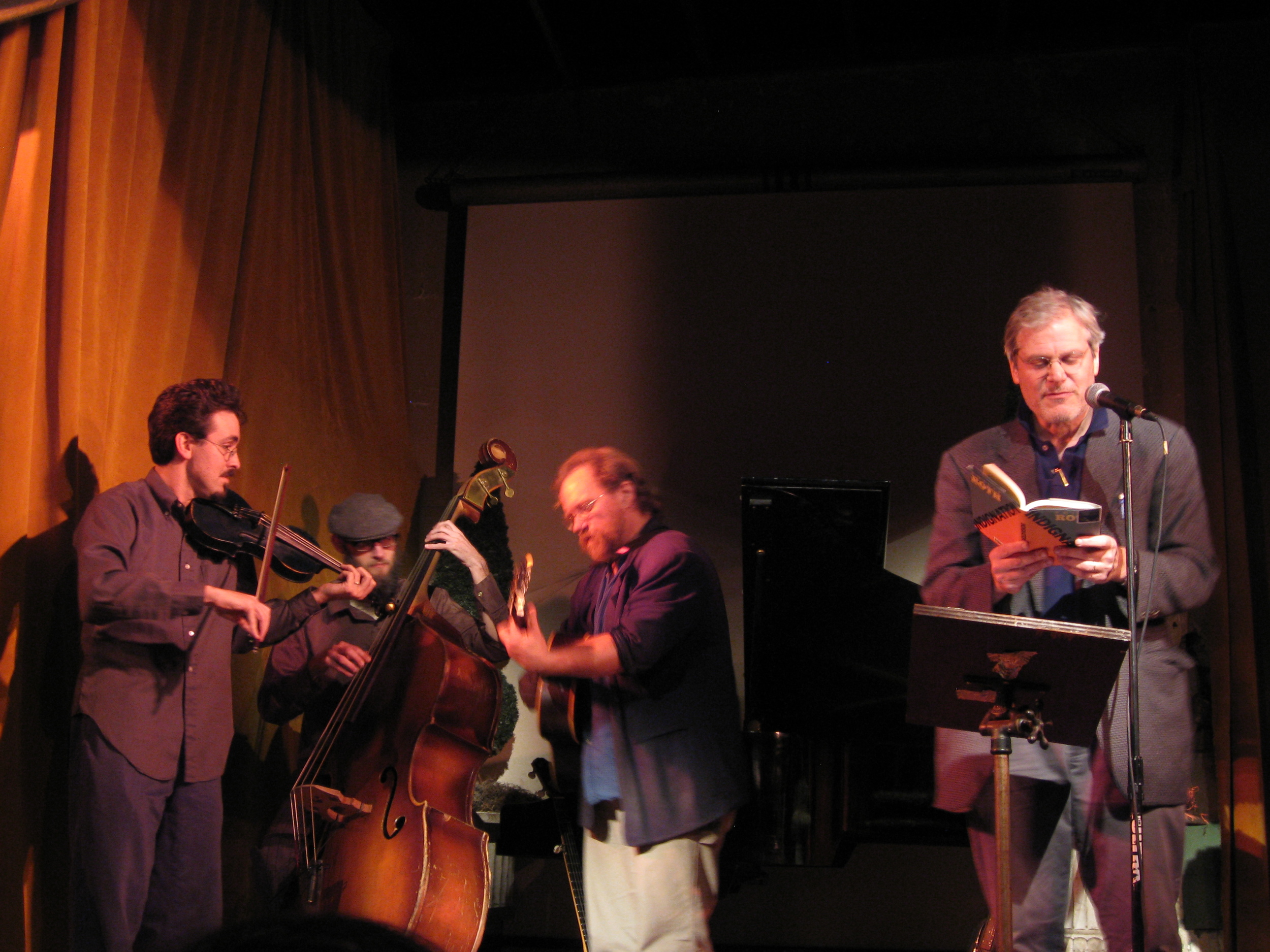
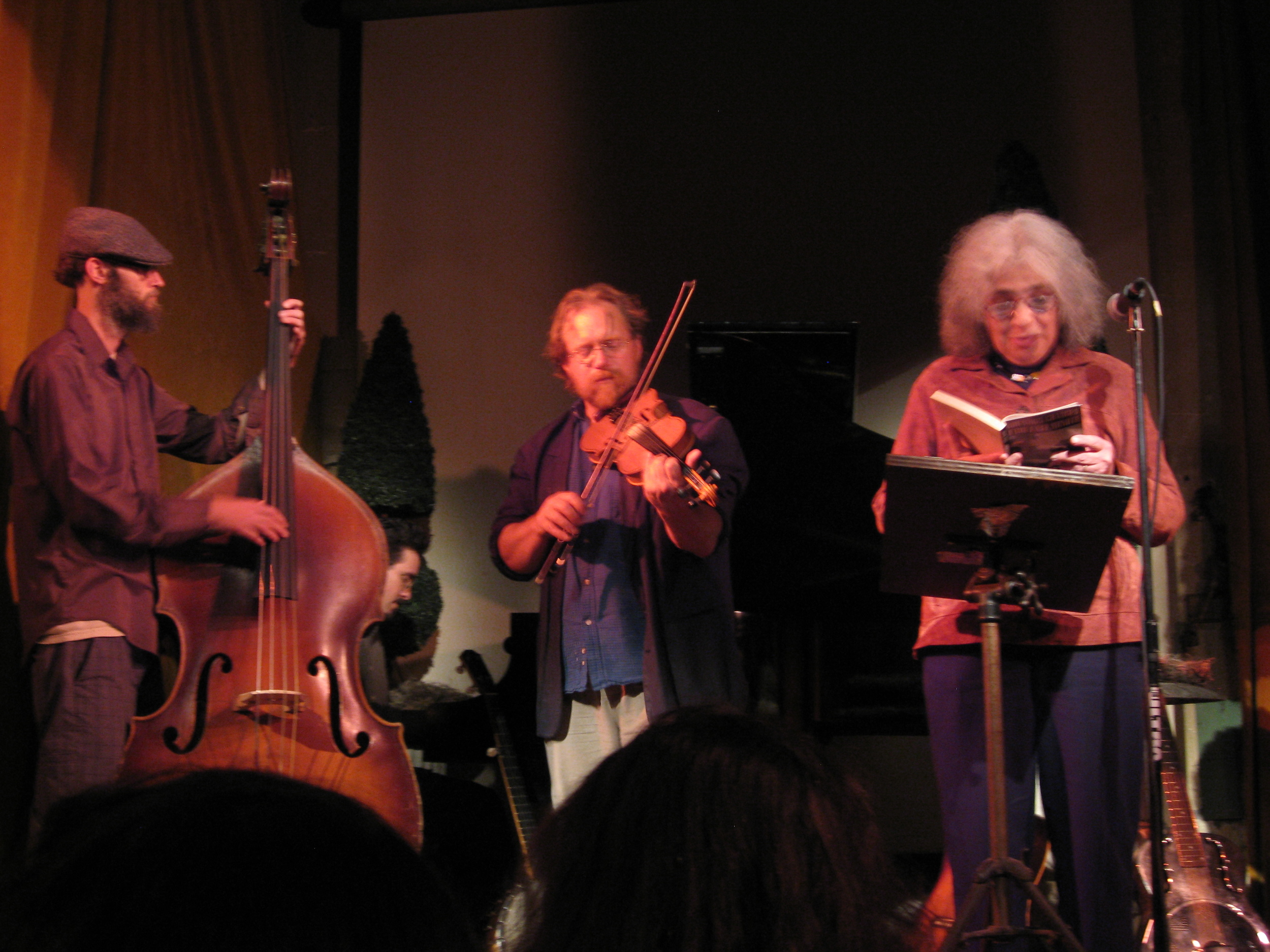
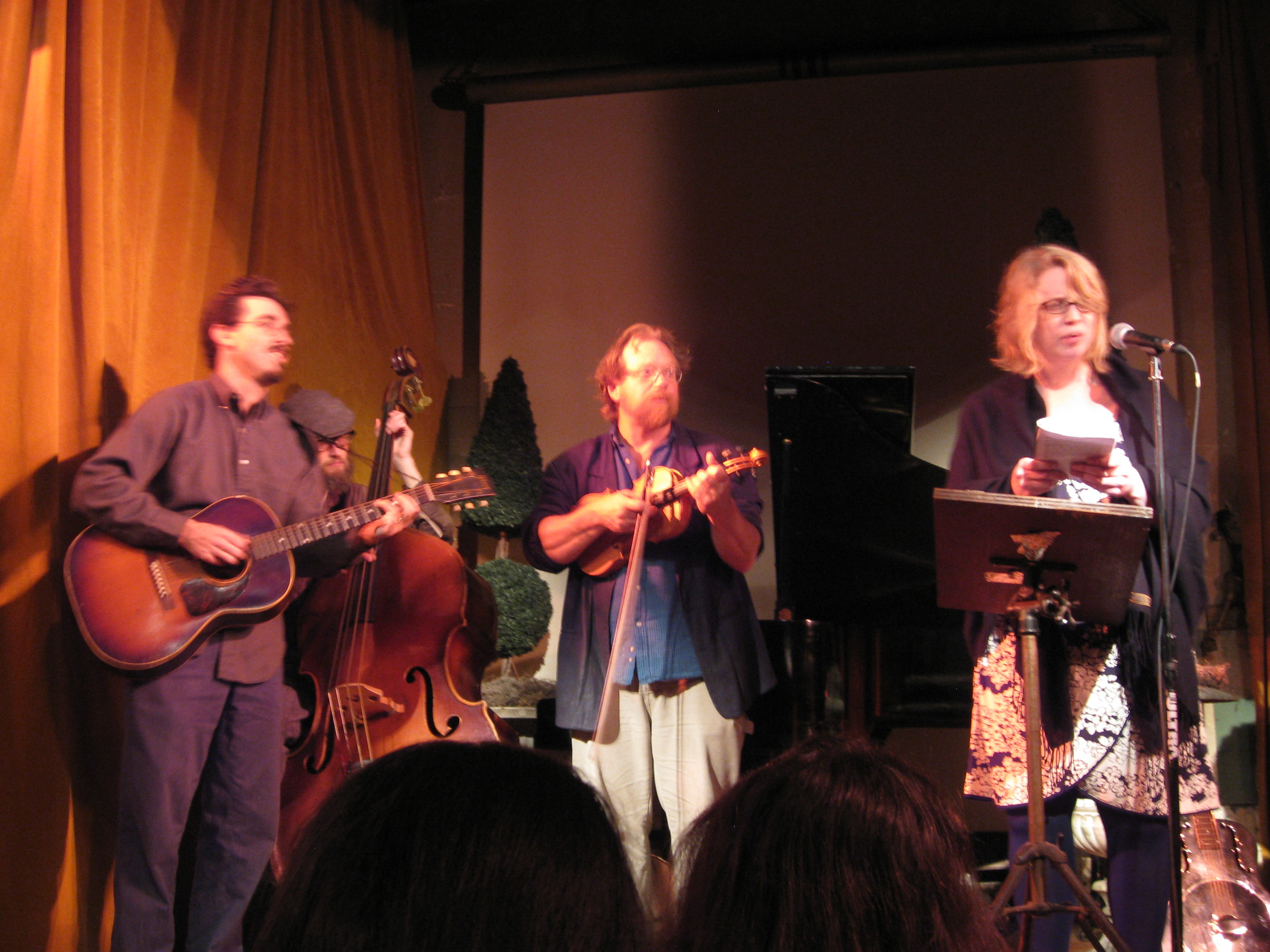

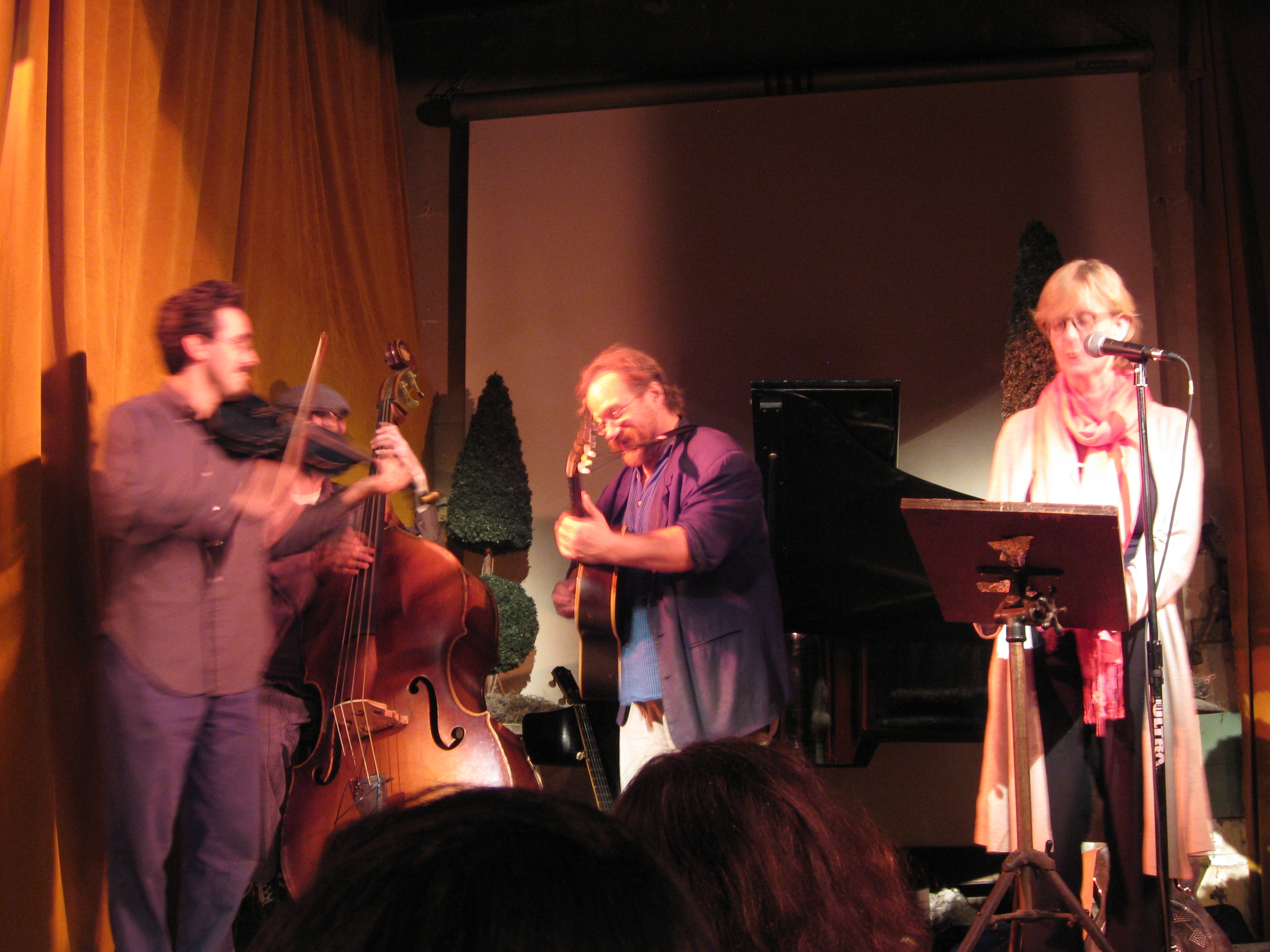
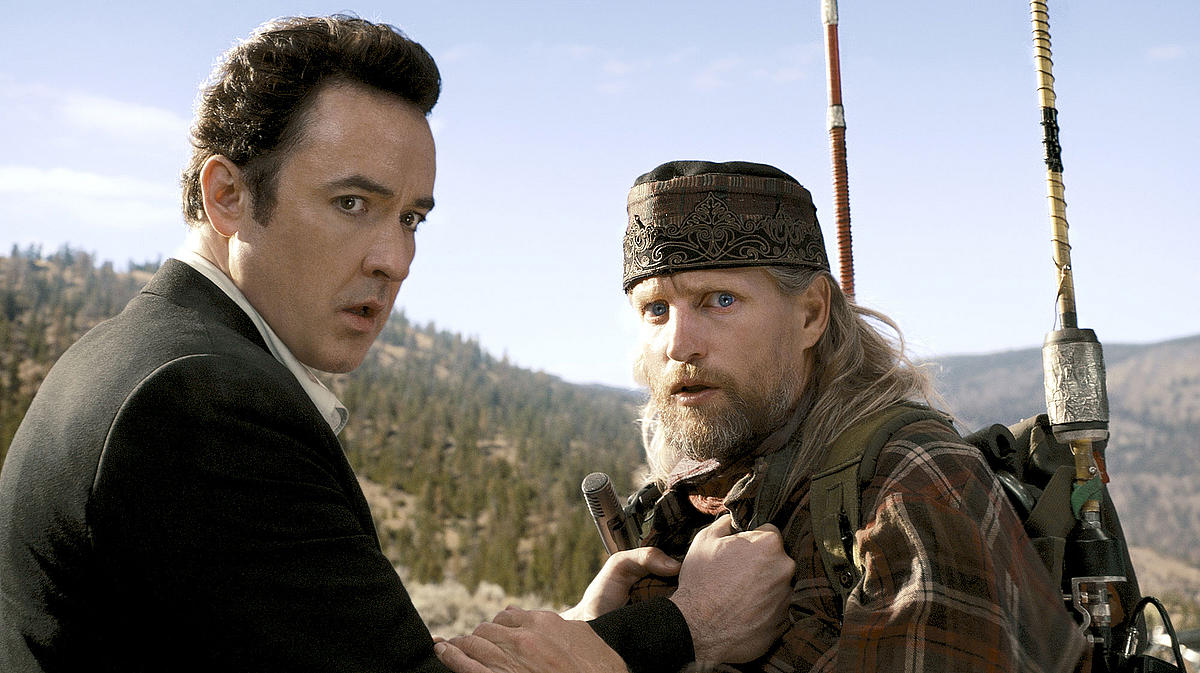
 OBIE Award winner Danai Gurira’s Eclipsed, playing through Nov. 14 at the Yale Rep, is set in the camp of a rebel Liberian warlord in 2003. There we meet three women: two are his ‘wives,’ which means: forced into service, sexual and otherwise, for the man they call the C.O. The third woman, younger, has just arrived, and soon becomes #4 (the women refer to each other by number). The absent wife, #2, we learn, has joined the rebel forces as a soldier.
OBIE Award winner Danai Gurira’s Eclipsed, playing through Nov. 14 at the Yale Rep, is set in the camp of a rebel Liberian warlord in 2003. There we meet three women: two are his ‘wives,’ which means: forced into service, sexual and otherwise, for the man they call the C.O. The third woman, younger, has just arrived, and soon becomes #4 (the women refer to each other by number). The absent wife, #2, we learn, has joined the rebel forces as a soldier.